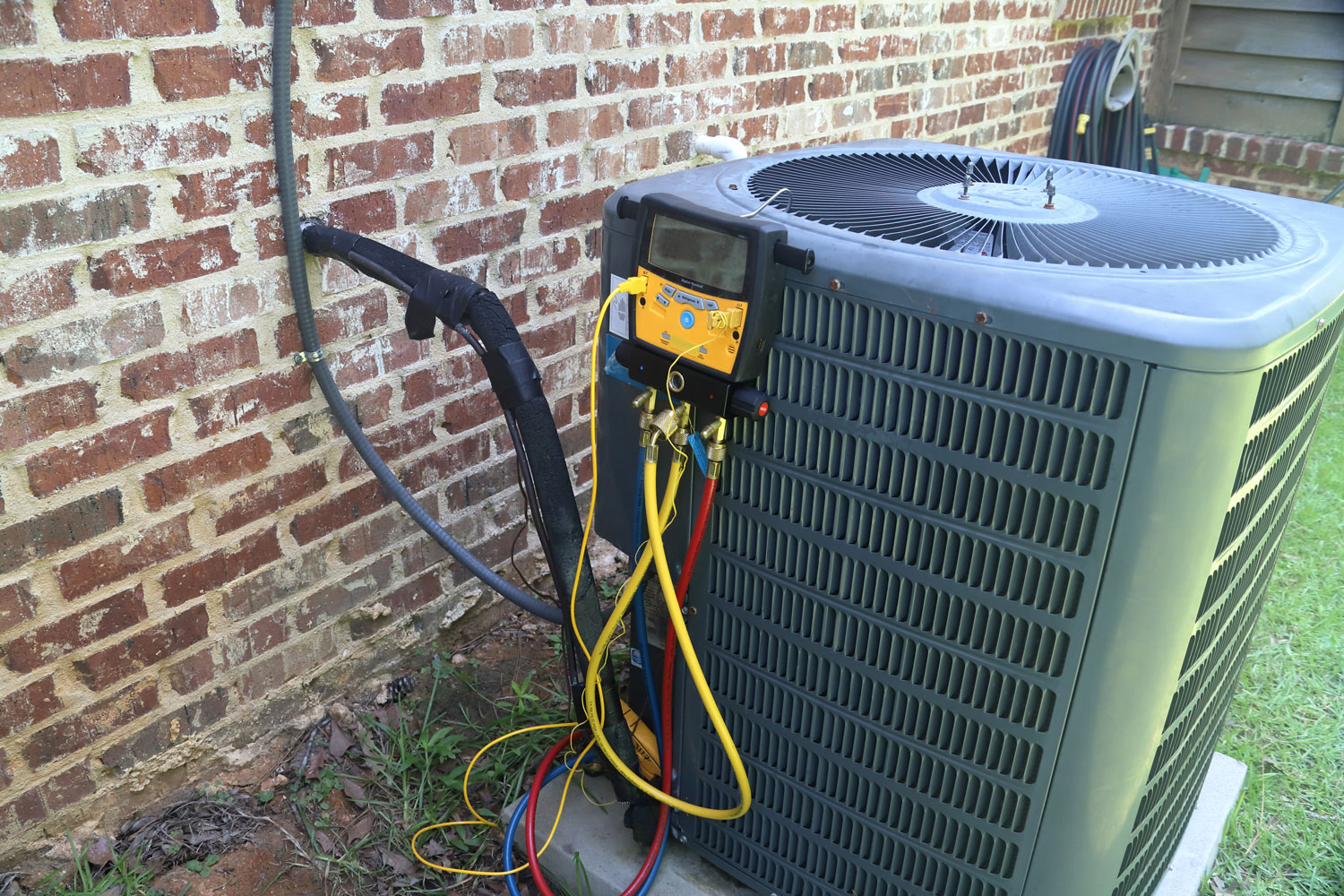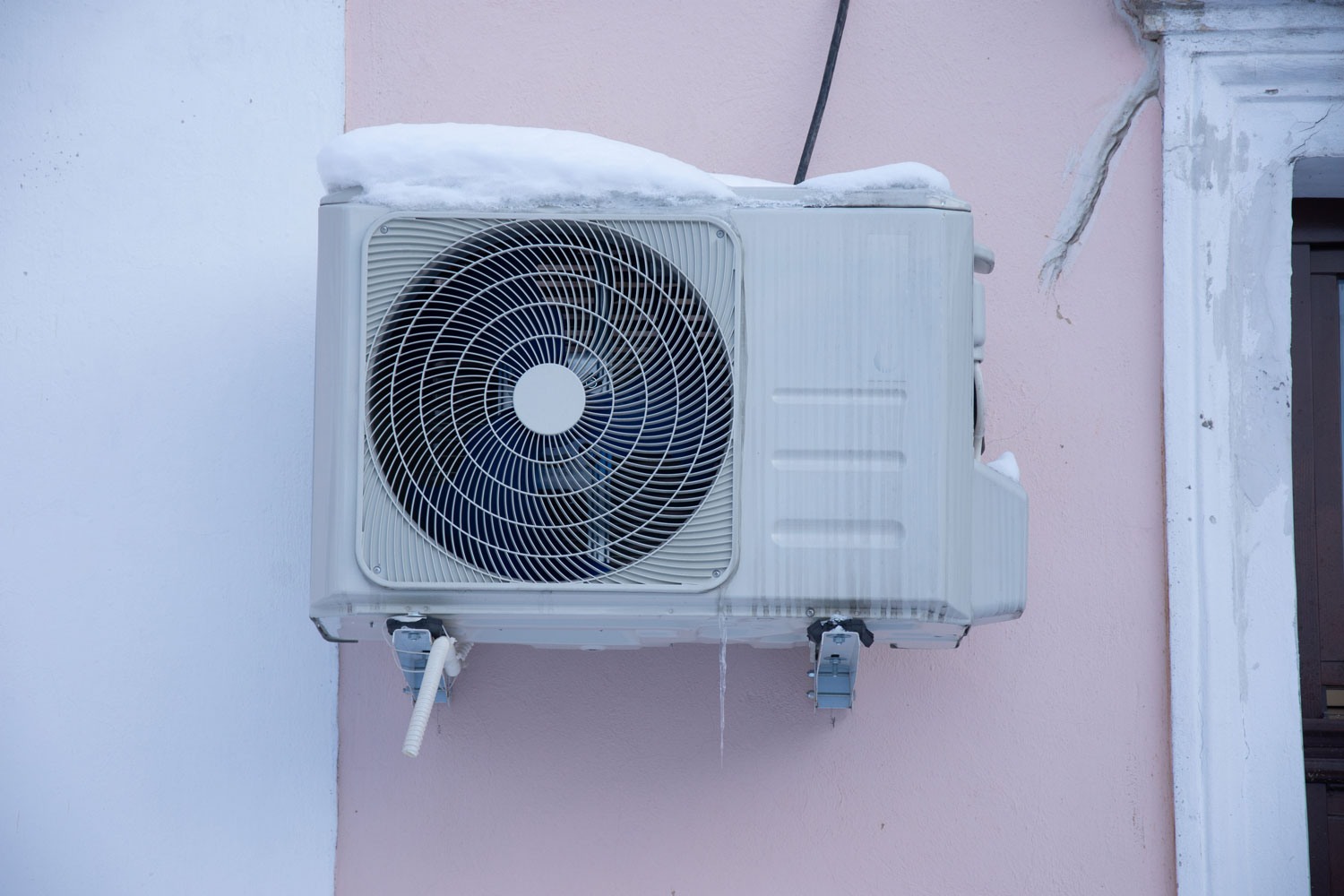Are you planning to buy a new refrigerator, and you’re wondering which technology—static cooling or ventilated cooling—is the best for you? Or maybe you’re planning to install a walk-in cooler and wanted to know which type of cooling system to use.
Well, you’ve come to the right place because we researched this question and have the best answer for you.
The type of cooling that you need is dependent on its purpose. If you have goods that require quick cooling, then ventilated cooling would serve you best. However, if you want a more energy-efficient cooling system that has a low noise level, then a static cooling system is the best option.
These two cooling systems have other advantages and disadvantages that could make you decide on one or the other. We have additional information about these two systems in the succeeding sections that you would need to know before you decide which system is the best for you. Read on!

Static cooling Vs. Ventilated cooling
Let’s start by talking briefly about the background of these two systems. This would help us understand their advantages and disadvantages later.
Static Cooling
Static cooling—as the name suggests—is a cooling system that is designed to enclose the air in the cooler or refrigerator during the cooling process. Since the system is designed to isolate the space to be cooled, there is no air movement within.
However, even though these systems are designed to have no air movement within the isolated space, natural convection moves the warm air upward and the cold air downward.
This is an old system that has been used with the earliest models of industrial and residential refrigerators.
Ventilated Cooling
Ventilated cooling takes the basic components and structure of a static cooling system and adds a ventilating mechanism, hence the name. The ventilating mechanism is often a fan motor, normally positioned on top of the enclosed area.
The fan motor serves two purposes—it blows the warmer air from the top of the enclosure to the bottom where it is colder, and the movement of air helps accelerate the rate of cooling within the system.
The ventilated cooling system allows coolers and refrigerators to cool faster because it speeds up cold air distribution throughout the enclosure. Rapidly moving air also speeds up the rate at which heat moves and leaves a body.
Advantages And Disadvantages Of The Different Cooling Systems

Now that we have a basic background of how the two systems work and the underlying principle behind each, we can proceed to talk about the advantages and disadvantages of each.
Advantages Of Static Cooling

The biggest advantage of static cooling is that it consumes less energy compared to ventilated cooling. It has only the most important components to cool the enclosed space of a refrigerator or a cooler, and these are the only ones that consume power.
Moreover, it is the cooling system used in the oldest refrigerator models. Thus, it is stable and has been well-tested and developed through the years.
Another advantage of the static cooling system is that it is quieter than systems that make use of ventilated cooling. Additionally, refrigerators and coolers that utilize this system are generally cheaper than those that use a ventilated cooling system.
Advantages Of Ventilated Cooling
The addition of a fan motor in a ventilated cooling system shortens the cooling time. Fruits like strawberries need to be cooled fast after harvesting to retain their freshness. And they cannot be cooled fast enough unless a cooler or refrigerator with a ventilated cooling system is used.
This is one of the greatest advantages of a ventilated cooling system.
Another popular advantage is its ability to minimize or completely get rid of frost on the inside walls of the enclosed space within a refrigerator or cooler. Having less or no frost minimizes or completely eliminates the need to defrost the refrigerator or cooler.
The constant movement of air within the refrigerator or cooler allows the fan motors to remove the moisture in the air within the enclosed space.
The moisture is brought to the evaporator, and the evaporator sends the moisture back into the air outside of the system.
Disadvantages Of Static Cooling
The biggest disadvantage of a static cooling system is moisture retention. There is no movement of air inside a refrigerator or cooler that uses a static cooling system.
No movement of air means that the moisture in the air can turn into water that in turn become frost.
Frost within your system means that it will need defrosting and cleaning regularly.
Moreover, no movement of air means that cooling goods inside can take time. Some heat retention and generation can naturally occur in vegetables through respiration. This process generates small amounts of energy in the form of heat.
If the heat produced is greater than the rate of static cooling, it could take a long time before these goods can be cooled sufficiently to be kept fresh.
Additionally, cooling or refrigeration is a vital component of food safety.
According to the FAO (Food and Agriculture Organization of the United Nations), refrigeration can slow down or completely inhibit bacterial growth. Thus, it can be a problem if food cannot be cooled fast enough.
Disadvantages Of Ventilated Cooling
Refrigeration systems that make use of ventilated cooling require additional components like fans and an evaporator. These components consume additional energy. Thus, systems that rely on ventilated cooling consume more energy than static cooling systems.
Additionally, the addition of fans within these systems creates additional noise. The bigger the fan, the more noise is generated. Systems with multiple fans are even noisier.
The addition of components also means that more parts can wear out and break down. This increases the cost of maintaining a cooler or refrigerator that uses a ventilated system.
Unfortunately, since there are more components to a cooler or refrigerator that uses a ventilated system, the cost of ownership is also higher.
Air Management
Now that we have a clearer picture of how the two cooling systems differ, we can talk more about air management. Air management is important to the type of product that you will use the refrigeration system for.
Static systems do not have a complicated air management system because of how the system is designed to work. The ventilated cooling system, on the other hand, requires a well-planned air management system.
Without proper air management planning, the same fan motors that increase the cooling rate can cause damage to produce.
Ventilated Cooling Air Management
When using a cooler or a refrigerator that uses a ventilated cooling system, there are two things to consider. The first factor to consider is the type of goods you will cool. The second factor to consider is the careful planning of how many fans are needed and where they should be positioned.
These considerations apply even more to walk-in coolers.
If you are going to cool vegetable produce, you’d need a minimum of two fans.
The first fan moves air through the product by pulling out the warm air. The air movement pulls cold air into the vegetables to replace the warm air from the vegetable bundles.
This warm air is mixed with the chilled air that is blown horizontally from the coils. This is where the second fan is located.
The chilled air coming from the coils could be too cold for some produce. Thus, it should not be blown directly into the produce.
Stacking Produce
A well-distributed cooling is dependent on how effective heat is pulled out from the vegetable bundles. The bundles must be packed as close as possible.
Any loose spaces between the bundles can cause the air movement to circumvent the produce and pass through the spaces instead which will slow down cooling.
Choosing Between Static Cooling And Ventilated Cooling

Now that we have more information about the strengths and weaknesses of both cooling systems—including proper air management and stacking of goods if you’re going to use a ventilated cooling system—we can now talk about the cooling system that is best for you.
Picking A Static Cooling System
A static cooling system is great for cooling food that can stay fresh for some time, even outside of a cooled area. It is ideal for cooling food that is best served cold rather than cooling food to preserve it or keep it fresh. It can be used for food that can be slow cooled too.
A good example of this would be beverage coolers in a supermarket or mobile coolers that provide temporary cooling for produce while in transit. It is also great for cooling wine cellars.
Moreover, pick a static cooling system if energy cost is a concern.
Picking A Ventilated Cooling System
A ventilated cooling system is best for produce like strawberries—our example earlier—that require rapid cooling to retain its freshness. It is also best for products harvested from a warm temperature and need to be cooled down fast.
A ventilated cooling system is also ideal for busy production systems where it is hard to schedule defrosting. If regular defrosting activities hurt productivity, consider using a ventilated cooling system instead.
In Closing

Refrigeration technology has greatly improved food preservation, transportation, and safety in modern society. Choosing between static cooling and ventilated cooling is best based on the usage and how the cooling system fits into the production and transportation processes that are currently in use.
If you found this article interesting, why not check out the articles below.
Does Nest Thermostat Work With Evaporative Cooler? [And How To Connect Them]
